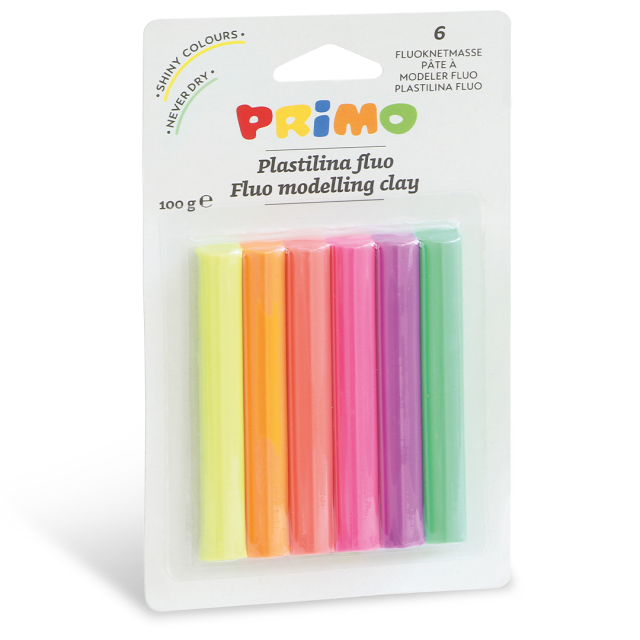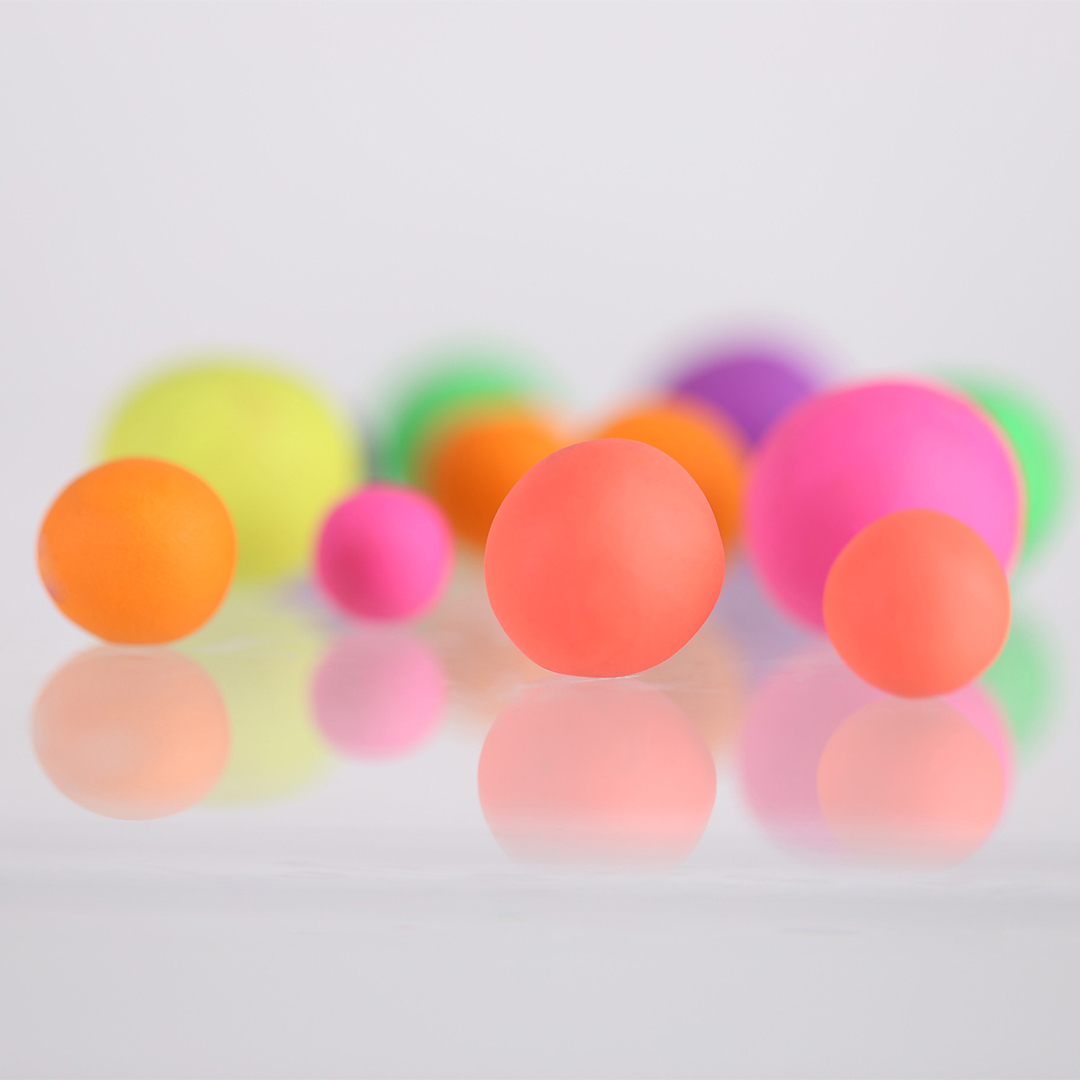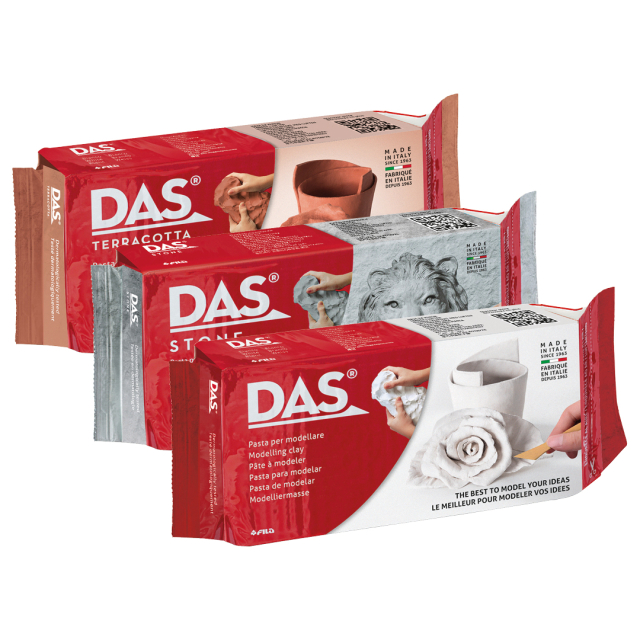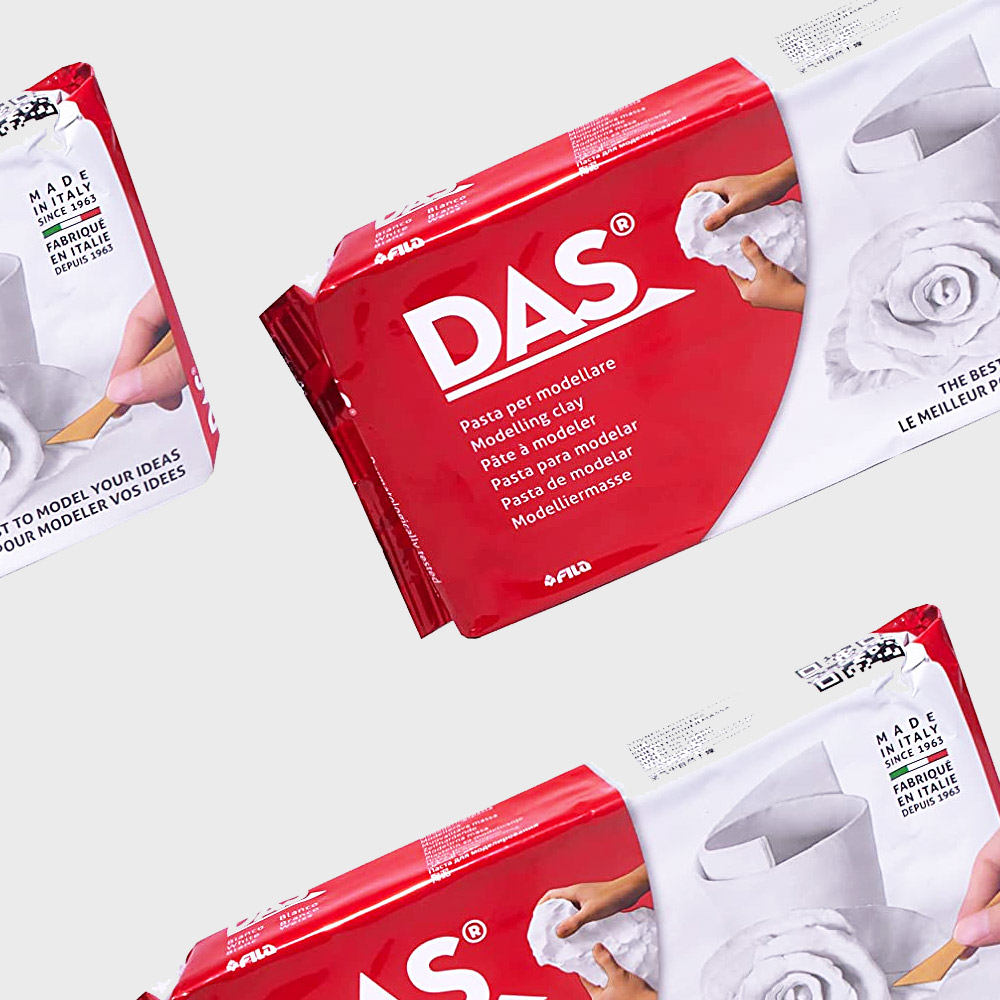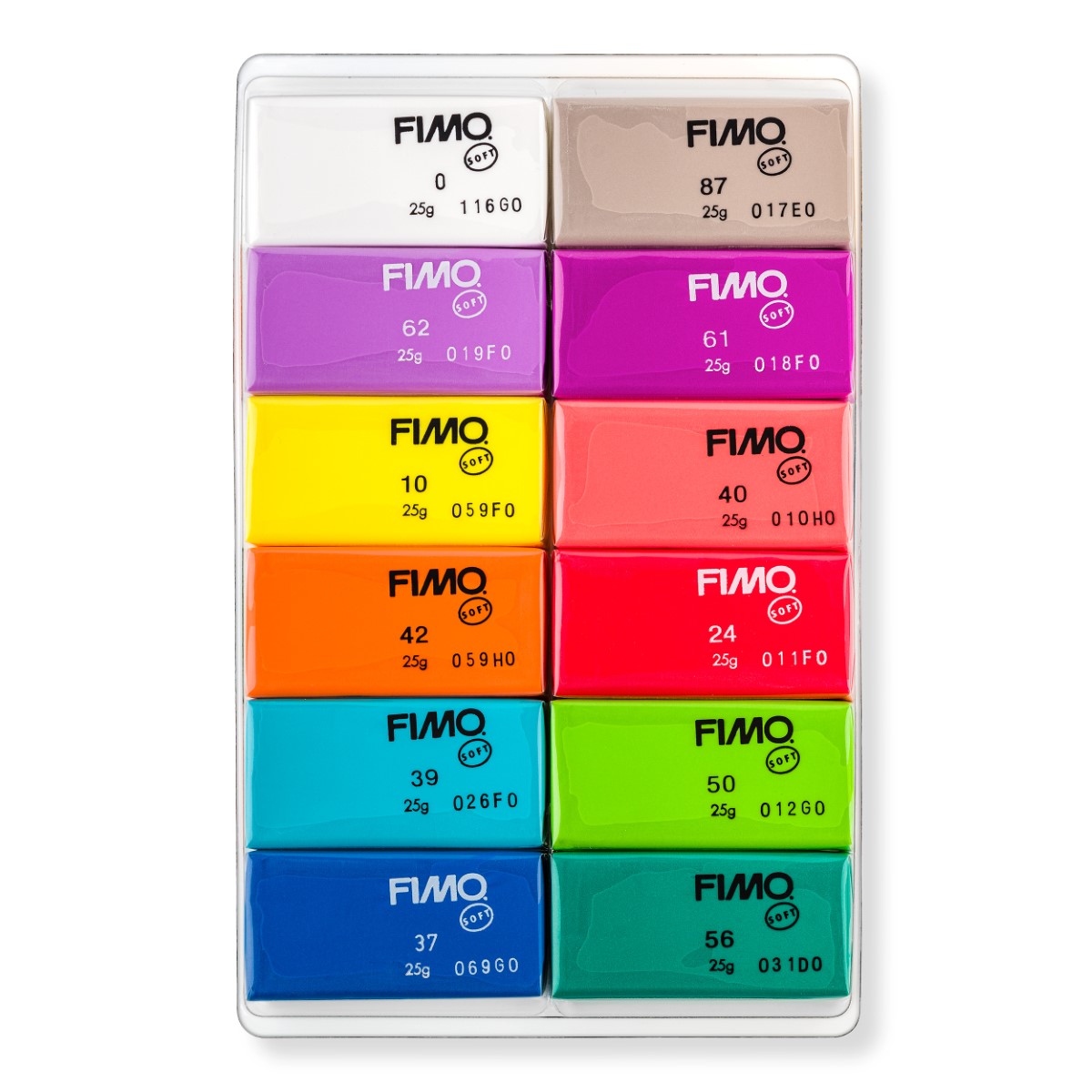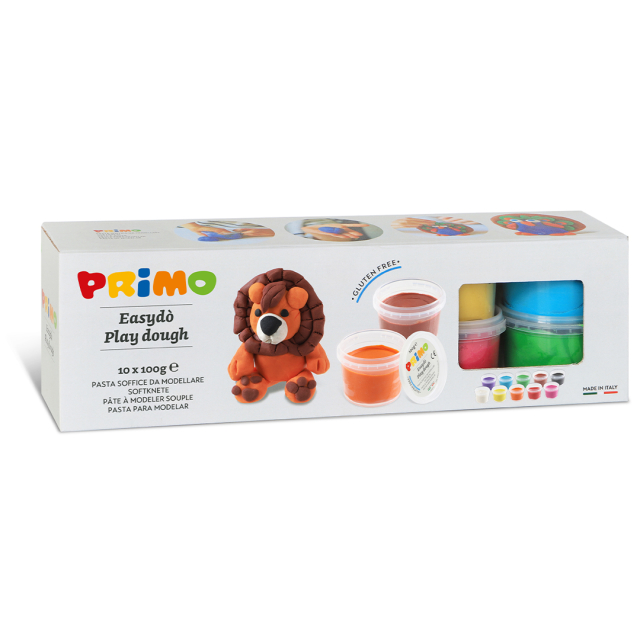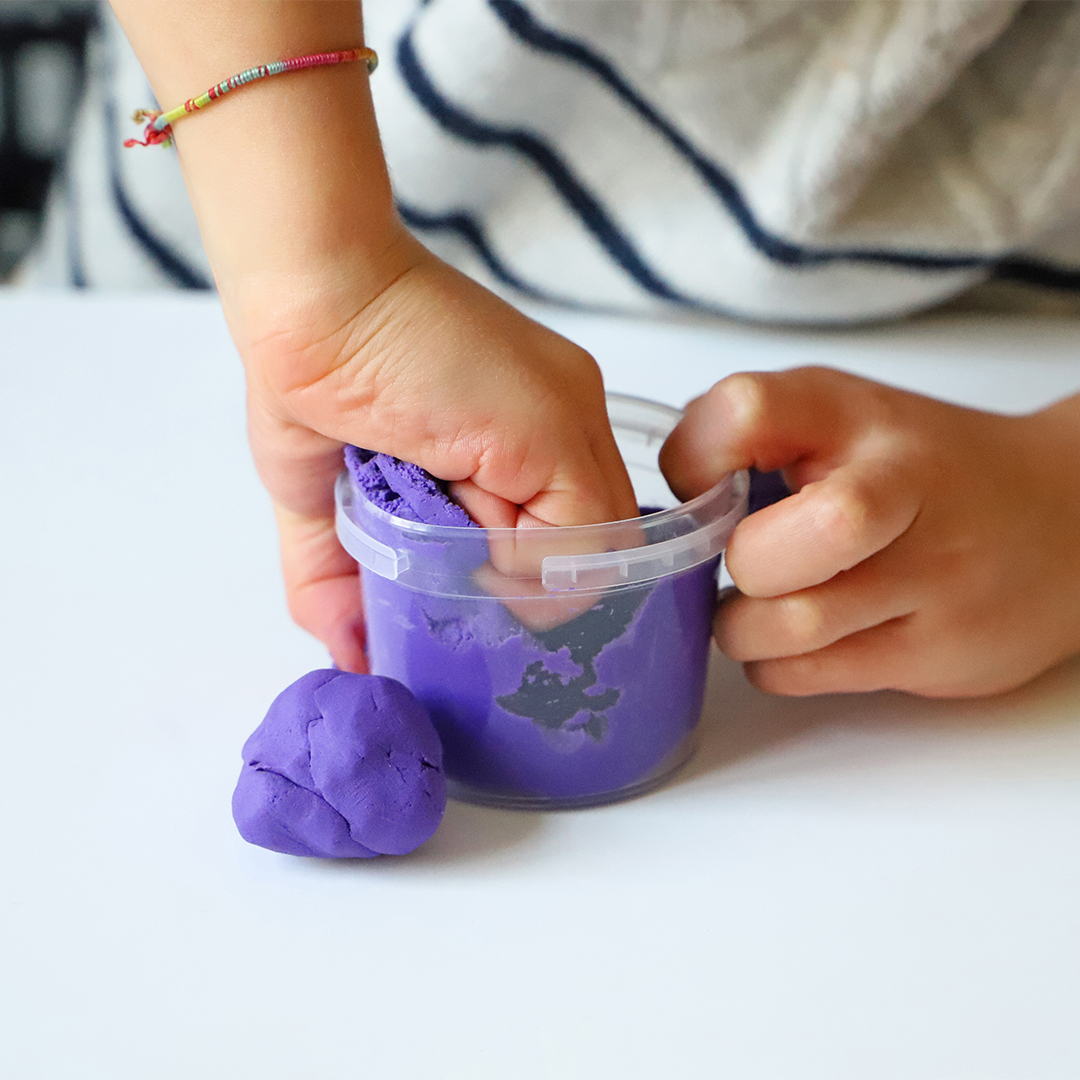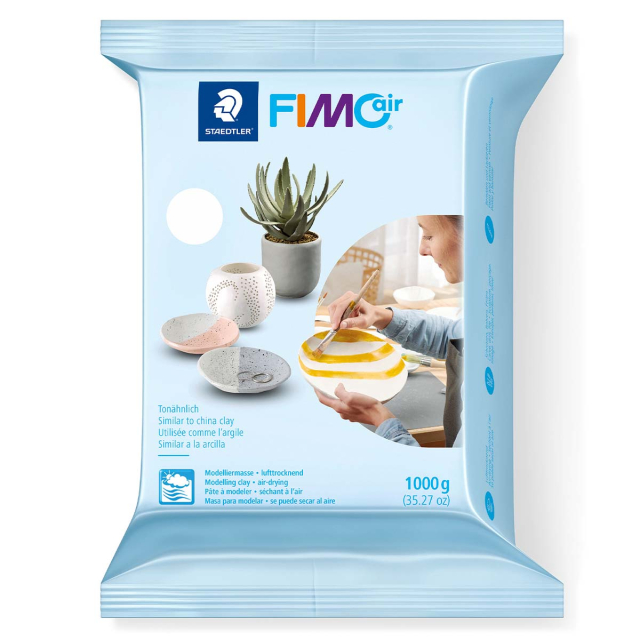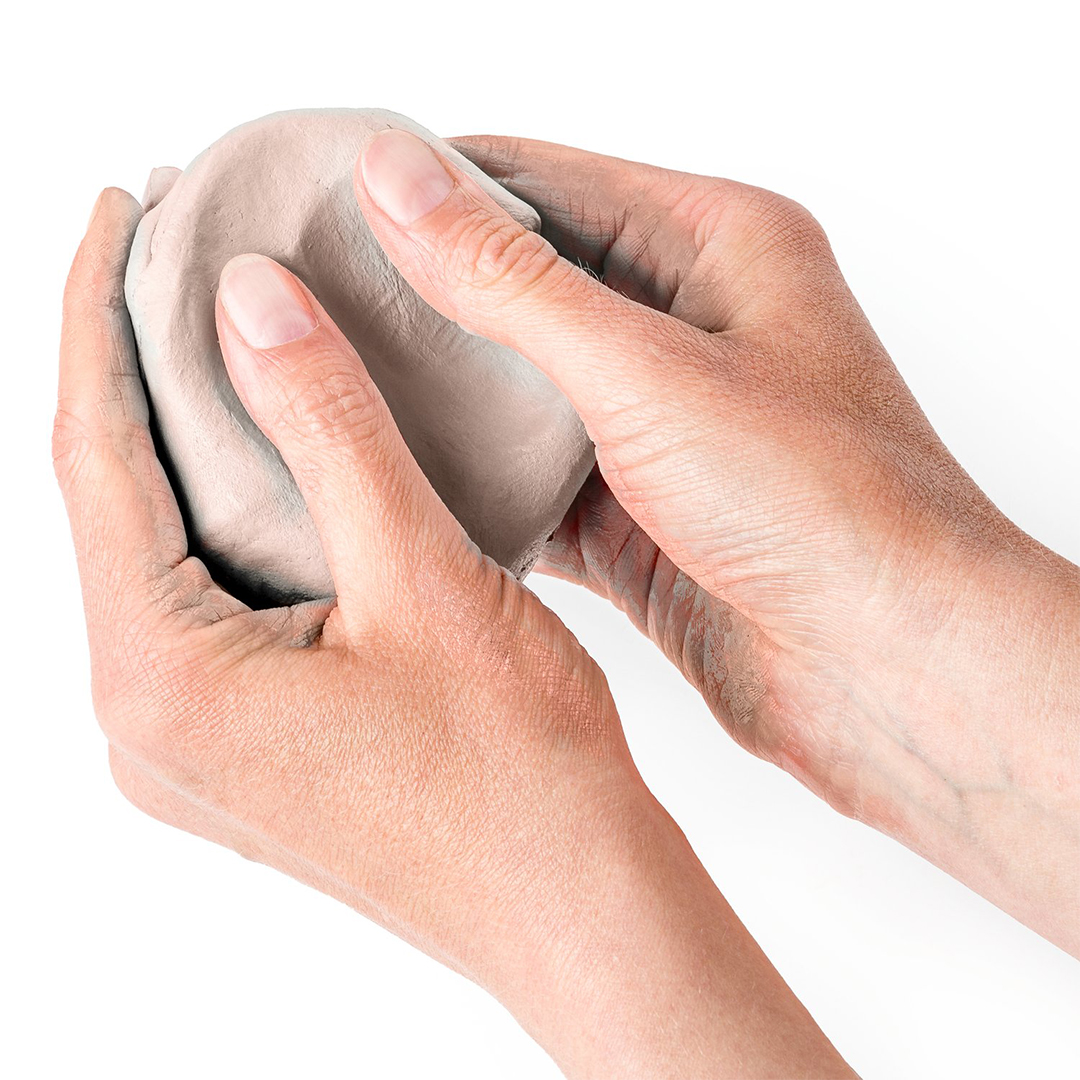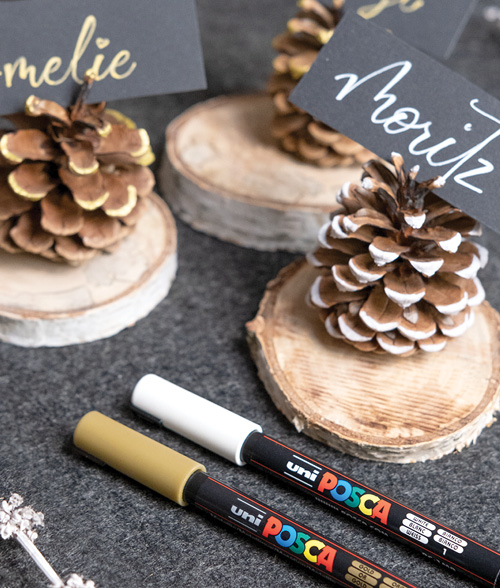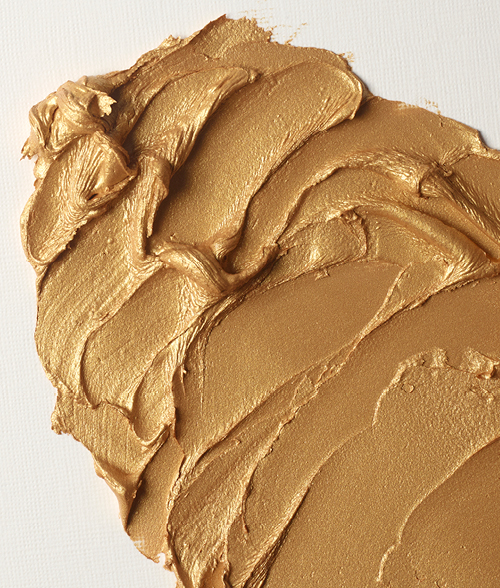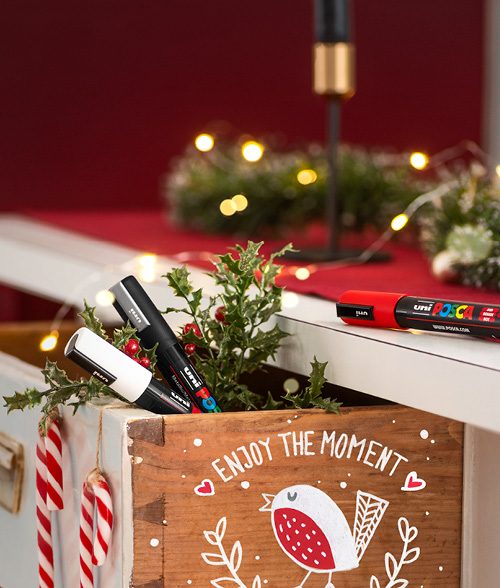Clay is a malleable material available in both natural and synthetic varieties, used for everything from crafts and sculpture to wheel throwing and professional ceramics. In this guide, we go through the different types of clay, how they differ, what they are best suited for, and how to work with them.
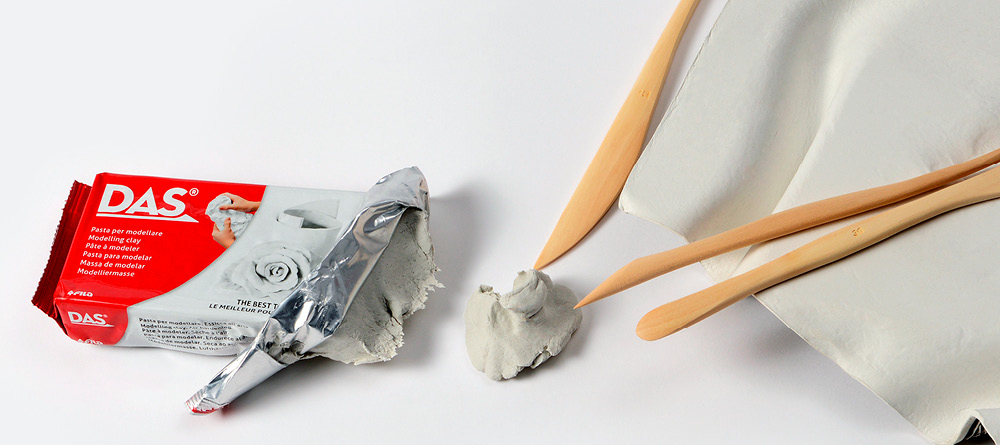
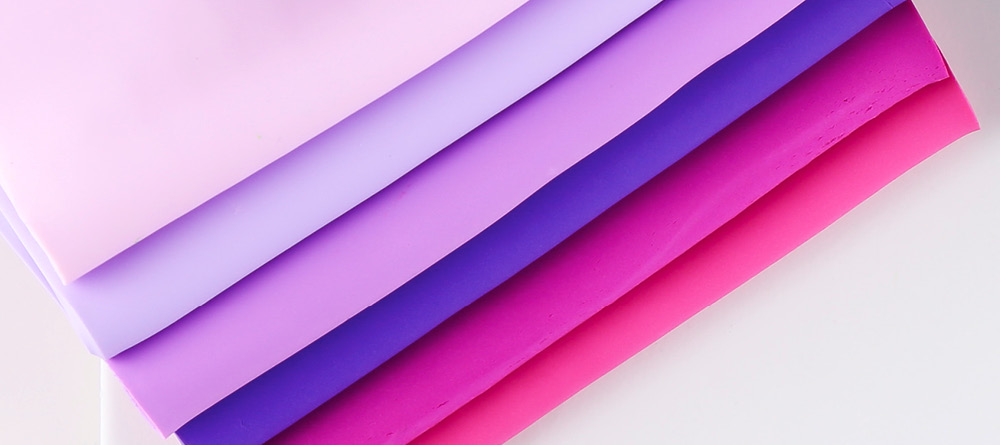
What is clay and what is it made of?
Clay is a malleable material composed of extremely fine mineral particles, often less than 0.002 mm in diameter. Natural clay forms in the ground when rocks break down through weathering and mix with water, creating a plastic mass that can be shaped, dried, and, in some cases, fired.
But not all clay is natural. Today, there are also many synthetic clays specifically developed for different types of creative work. These can be based on oil, plastic, or binding agents that allow the clay to air-dry or cure in a regular oven, making them perfect for crafts, sculptures, jewellery, and art projects.
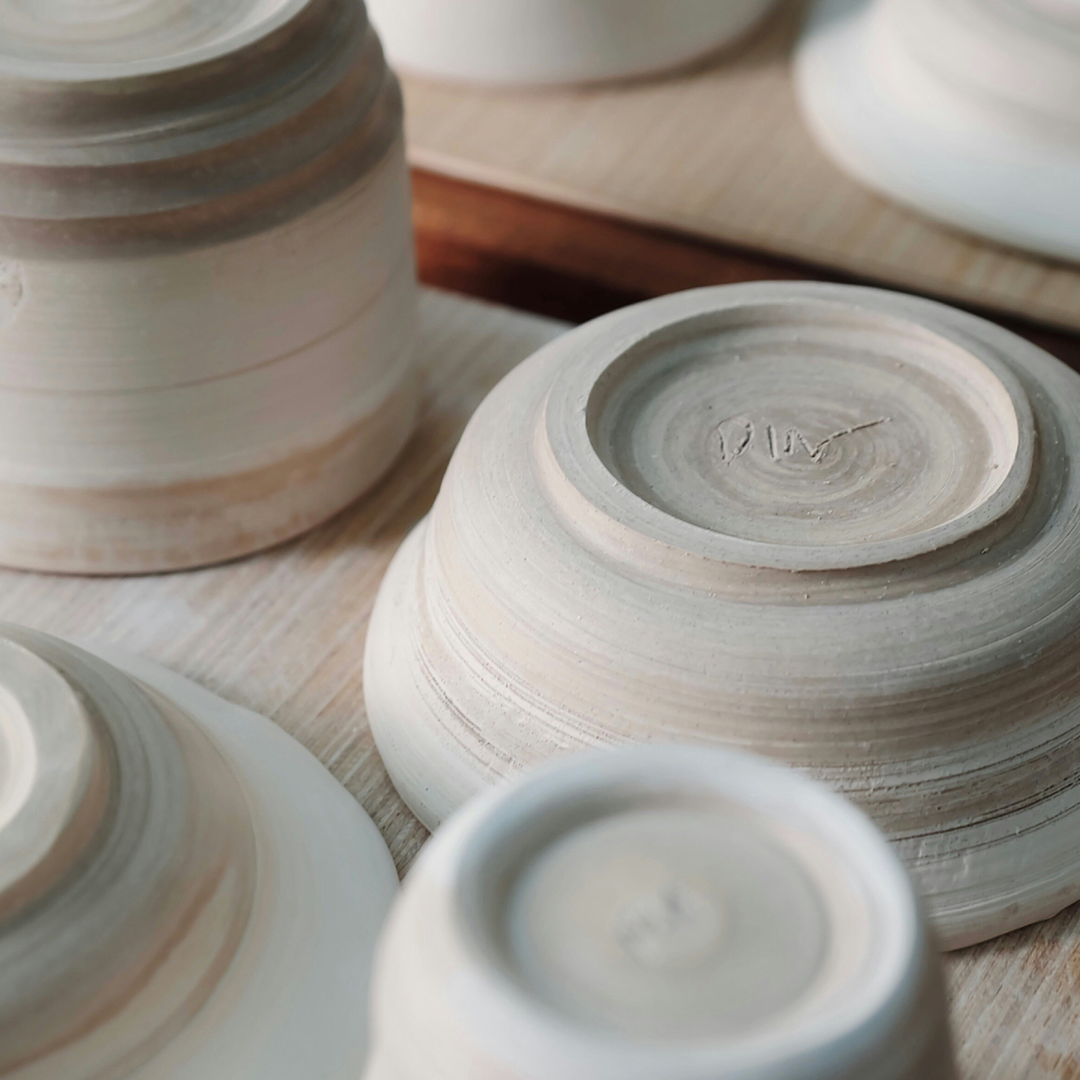
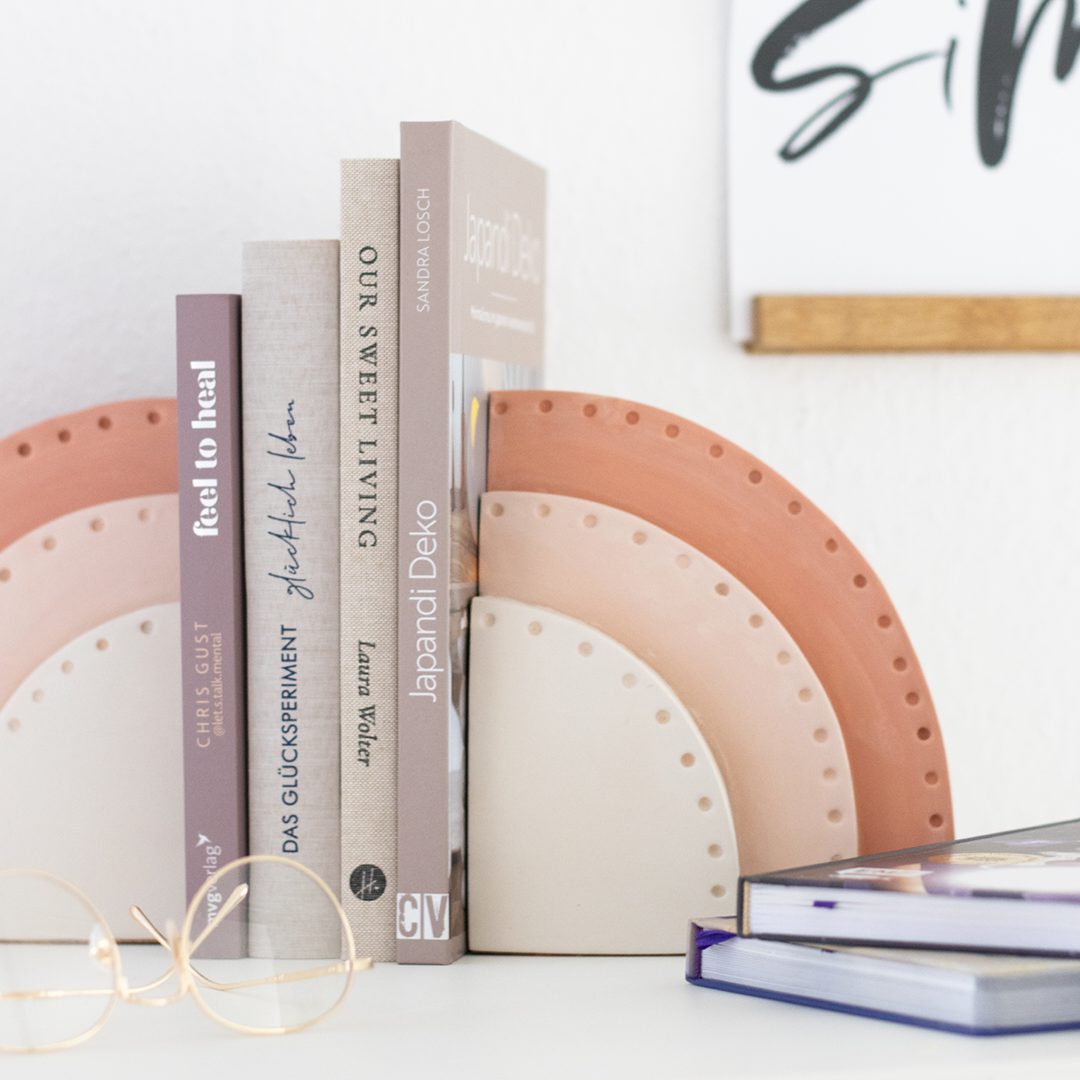
What different types of clay are there?
There are many types of clay to choose from, and which one you should use depends on what you want to create. Some cure in an oven, others air-dry. Some are natural and used in ceramics, while others are synthetic and perfect for crafts and figures. Here’s an overview of the most common types and what makes them unique.
Modelling clay
Modelling clay is a collective term for malleable clays used in crafts, hobbies, and art. It can be natural or synthetic and comes in several varieties: air-drying, oven-hardening, or soft clays that never dry. Modelling clay is often pre-coloured, easy to shape, and popular with both children and adults. Below are the most common types.
Shop modelling clay →
Polymer clay
Polymer clay, also called oven-hardening modelling clay or FIMO clay, cures in a standard household oven and is perfect for jewellery, figures, and decorations. It’s pliable, doesn’t air-dry, and retains details well during curing. After baking, it becomes hard and plastic-like.
Shop polymer clay →
All about polymer clay →
Air-dry clay
Air-dry clay hardens at room temperature, no oven needed. It’s easy to use at home and comes in both natural and synthetic varieties, often in white, grey, or terracotta.
Shop air-dry clay →
All about air-dry clay →
Silk clay
Silk clay is a lightweight, foam-like air-dry modelling clay. It’s pre-coloured, easy to shape, and adheres well to various surfaces – perfect for small figures, decorations, and kids’ crafts. It dries at room temperature without the need for an oven.
Shop silk clay →
Oil-based modelling clay
Oil-based modelling clay, such as plastilina, never dries. It can be reshaped over and over again and is often used in sculpture, stop motion, and education. A great choice if you want to work on details for a long time without the clay hardening.
Shop oil-based modelling clay →
Kids’ clay / Play dough
Play dough is designed for younger children – soft, safe, and water-soluble, making it easy to shape and simple to clean up. It’s pre-coloured and ready to use straight away. Examples include Primo and Jovi. Perfect for play and temporary creations.
Shop play dough →
Ceramic clay
Ceramic clay is a natural clay that must be fired in a kiln at high temperatures to become durable. It’s used to make ceramic items such as bowls, mugs, sculptures, and artworks. Since it requires specific techniques and equipment, it’s best suited for schools, artists, and potters who want to create long-lasting, functional objects.
There are different types of ceramic clay with varying properties depending on firing temperature and mineral composition. Here are the most common:
Stoneware clay
Stoneware clay is fired at 1200–1300 °C and becomes strong, waterproof, and durable, perfect for plates, mugs, and other functional pottery. It often takes on a rustic grey or brown tone due to iron oxide.
Earthenware clay
A more porous clay fired at 1000–1100 °C. It’s easy to shape and often red or brown in colour. Since earthenware is not waterproof, it must be glazed if it will be used for liquids or food. Common in schools, decorative pieces, and crafts.
Porcelain clay
A white, fine ceramic clay with a high kaolin content. It’s fired at 1300–1400 °C, becoming hard, translucent in thin sections, and fully waterproof. More challenging to work with but elegant, making it ideal for artistic ceramics and fine tableware.
| Clay type | Curing | Difficulty level | Suitable for |
|---|---|---|---|
| Polymer clay | Oven (110–130 °C) | Medium | Jewellery, figures, crafts |
| Air-dry clay | Dries at room temperature | Low | Hobbies, decorations, beginners |
| Silk clay | Dries at room temperature | Very low | Children, crafts |
| Oil-based modelling clay | Never dries | Low | Sculpture, animation, play |
| Kids’ clay / Play dough | Often air-dries | Very low | Young children, temporary creations |
| Stoneware clay | Pottery kiln (1200–1300 °C) | High | Functional ceramics, art |
| Earthenware clay | Pottery kiln (1000–1100 °C) | High | Decor, traditional crafts |
| Porcelain clay | Pottery kiln (1300–1400 °C) | High | Fine tableware, art ceramics |
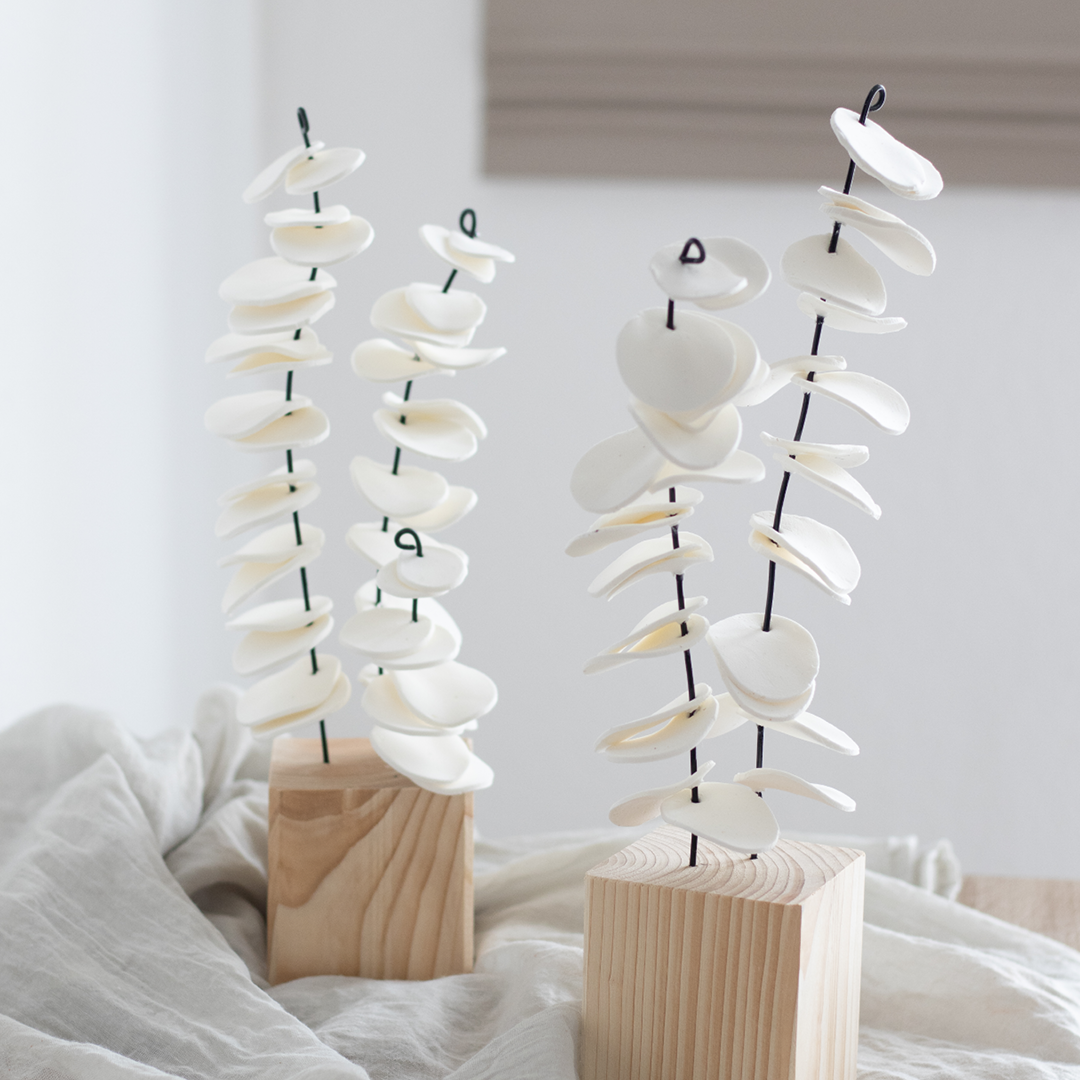
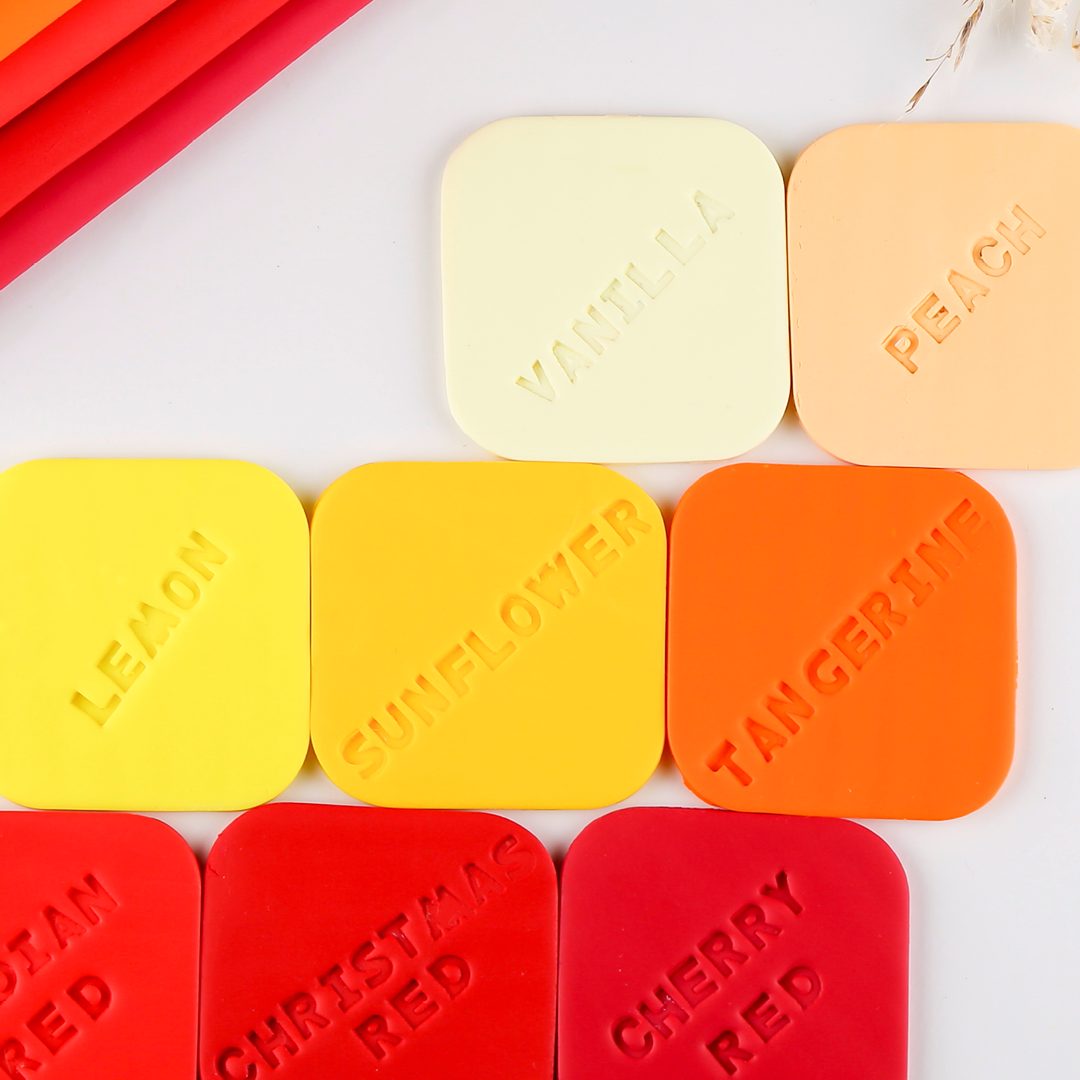
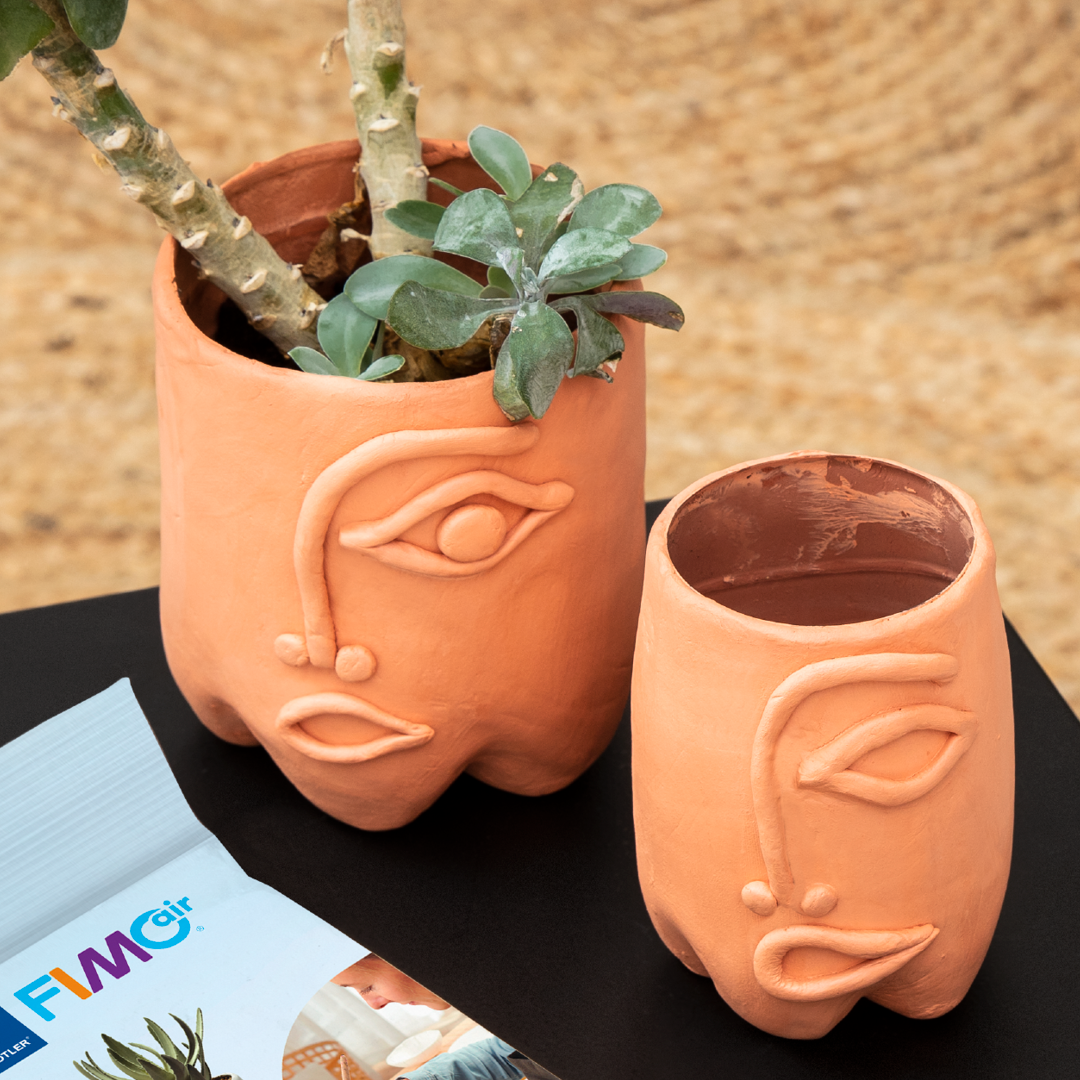
Common Questions About Clay
What can you make with clay?
The answer is: almost anything. Whether you use air-dry clay, polymer clay, or ceramic clay, there are countless creative ideas, from crafts to art and personalised gifts.
- Sculptures & figures: Create animals, fantasy creatures, or characters, either as decorations or for play.
- Jewellery: Make your own earrings, necklaces, or rings with your unique touch.
- Functional items: Bowls, plates, pots, or small vases are both useful and great fun to make.
- Candle holders & decorations: Craft atmospheric details for the home in various styles.
- DIY gifts: Fridge magnets, accessories, or bookmarks.
- Seasonal decorations: Make Santas, Easter figures, or other festive items to decorate your home.
- Miniature worlds: Create accessories for dollhouses, miniature plants, or tiny furniture.
How do you paint clay?
Paint on dry or hardened clay using acrylic paint or markers. Finish with a varnish for durability and a polished look.
Painting clay – which paint should you use?
Acrylic paint is the most common and works for both polymer and air-dry clay. For details, acrylic markers such as Posca are also great.
How do you store clay?
Store opened clay in an airtight container or plastic bag. Keep air-dry clay from drying out, and protect polymer clay from dust and dirt.
How do you remove clay from clothes?
Let it dry, scrape off as much as you can, then wash according to the garment’s care instructions. Use stain remover if needed.
How do you make clay at home?
You can make simple homemade clay using ingredients like flour, salt, water, and oil. However, store-bought clay is usually more durable and easier to work with.
 United Kingdom (GBP)
United Kingdom (GBP)
